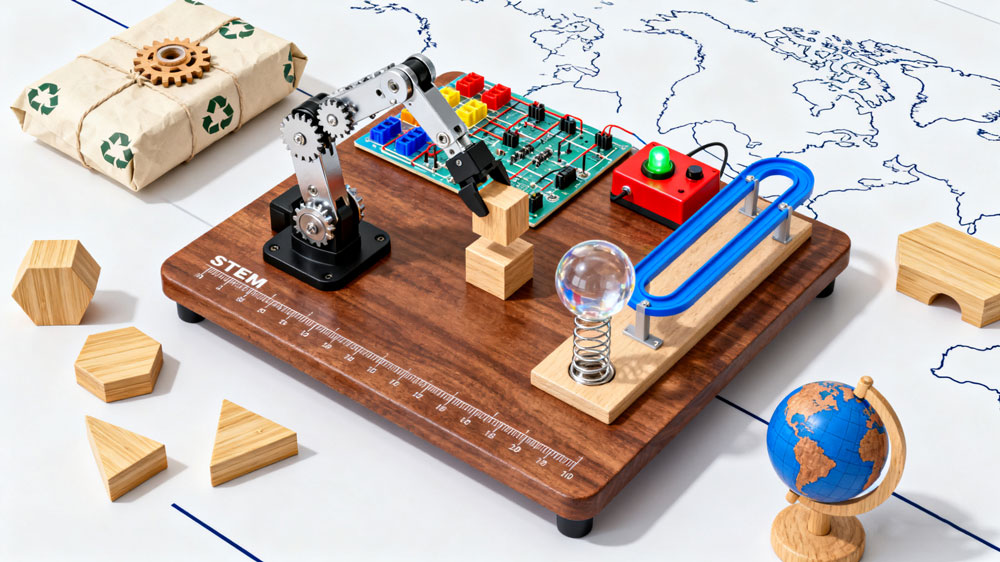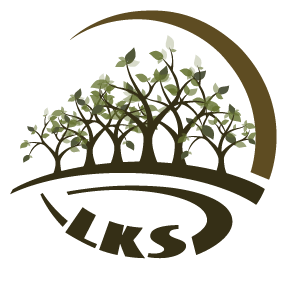The global toy industry is witnessing a transformative wave centered on educational value and environmental responsibility, profoundly reshaping the industry’s future landscape.
For operators of independent toy foreign trade websites, accurately grasping global toy market trends is not only key to product selection but also the cornerstone of content marketing and SEO strategies. According to the 2025 Global Toy Industry Development Report released by institutions such as the Guangdong Toy Association, the global toy market gradually stabilized in 2024, yet significant differentiation trends emerged across consumer groups and product categories.

Among them, educational toys (STEM), eco-friendly toys, and IP-licensed toys have collectively become crucial drivers of market growth. These trends provide clear directions for wholesalers and suppliers.
01 Market Differentiation and Growth Drivers
The global toy market in 2025 is showing renewed vitality. The report indicates that toy consumption among young people aged 14 and above is on the rise, with IP-licensed products delivering particularly outstanding sales performance.
Regional markets present a pattern of "North America leading, Asia-Pacific surging". North America maintains a leading position in per capita toy consumption, while the Asia-Pacific region, driven by its rapidly expanding middle class and strong manufacturing foundation, has become the fastest-growing market.
Cross-border e-commerce channels continue to develop: Amazon remains firmly positioned, while emerging platforms such as TikTok Shop are on the rise, offering diversified sales channels for toy brands.
In terms of competition, multinational giants dominate the high-end market, local enterprises lead the mid-range market, and internet-famous brands break into niche segments through differentiated strategies.
02 STEM Toys Lead the New Wave of Educational Entertainment
The STEM toy market is experiencing unprecedented growth. Latest research shows that the global educational toy market is expected to grow at a CAGR of 8.3%, reaching USD 105.38 billion by 2030.
Consumer demand for STEM toys exhibits obvious seasonal fluctuations. Amazon trend data reveals that search volume for STEM science and robotics kits peaked in July 2025, with a month-on-month growth of 28.4%.
The main users of such toys include children (43.3%) and collectors (23.3%), with gift-giving scenarios accounting for a high proportion of 37.6%.
However, product durability and design flaws remain industry pain points. 31.6% of negative feedback points to durability issues, and 26.3% of users mention problems with non-rotating bases. This creates opportunities for high-quality, innovatively designed STEM toy wholesalers to gain competitive differentiation.
03 Sustainable Materials Become the Industry’s New Standard
Environmental sustainability has become an unignorable focus in the toy industry. In 2023, the global sustainable toy market was valued at USD 22.47 billion, and it is projected to grow to USD 51.9 billion by 2030, with an impressive CAGR of 12.7%.
Brands are actively responding to this trend. For instance, Pop Mart launched the world’s first figurine made with 55% recycled materials on this year’s Earth Day. The materials are sourced from high-quality frame sealing strips and have obtained certification under the Global Recycled Standard (GRS).
Parents’ emphasis on toy safety and environmental friendliness has driven this trend. Over 60% of global consumers are interested in purchasing sustainable products, and families in North America are particularly inclined to buy safe, non-toxic toys for their children.
Environmental innovation is not only reflected in materials but also runs through the entire product lifecycle. For example, Pop Mart has reduced packaging volume by 29% and replaced foam liners with degradable, recyclable paper liners.
04 Market Potential of IP-Licensed Toys
IP-licensed toys continue to demonstrate strong market appeal. In 2025, the IP-licensed building block toy market is expected to maintain steady growth, with animation IPs and film/television IPs as the main categories.
The trendy toy industry has formed a competitive pattern of "one dominant player and multiple strong contenders", and new brands have successfully entered niche tracks through differentiated strategies. Successful cases show that the combination of unique design concepts and popular IPs can effectively attract consumer attention.
In terms of consumer groups, IP-licensed toys are not only popular among children but also attract a large number of adult collectors. This cross-age appeal further expands the potential market space, providing suppliers with more diversified sales opportunities.
05 Future Outlook and Strategic Recommendations
Looking ahead, the toy industry will integrate technological innovation and environmental concepts more deeply. AI-enabled design, R&D, and production, as well as the integration of multiple technologies into toys to enhance interactivity, will be key trends.
Enterprises should focus on the following strategic directions:
- Strengthen product durability and user experience design to address pain points reflected in consumer feedback.
- Prioritize eco-friendly materials and production processes to meet the growing global demand for sustainability.
- Grasp seasonal demand fluctuations by planning inventory and marketing activities in advance to maximize sales opportunities.
- Explore cross-industry collaborations and IP co-branding to expand brand exposure and market share through cultural influence.
For STEM toy wholesalers and eco-friendly toy suppliers, these trends represent significant growth opportunities. By aligning product strategies with market trends, enterprises can gain a decisive advantage in the competitive landscape of 2025 and beyond.
For STEM toy wholesalers and eco-friendly toy suppliers, this transition period brings tremendous opportunities. By aligning product strategies with market demand, enterprises can not only gain a competitive edge but also create truly valuable product experiences for the next generation of consumers.
In the coming years, brands that can perfectly integrate innovation, education, and sustainability will occupy a leading position in the global toy market.
Post time: Sep-23-2025



